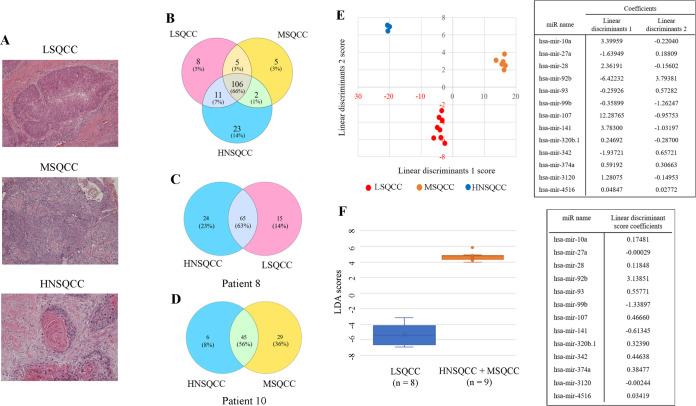Fig 1. MiRNA profiling by small RNA sequencing of LSQCC, MSQCC, and HNSQCC samples.
(A) Representative pathological pictures of LSQCC, MSQCC, and HNSQCC in the derivation set. (B) Venn diagram showing miRNAs that were differentially and commonly expressed in the 3 groups. (C) A diagram of a patient with LSQCC and past treatment history of HNSQCC. (D) A diagram of another patient with MSQCC and a history of HNSQCC. (E) The result of the classification with linear discriminant analysis with the list of coefficients of each miRNA’s linear discriminants. Step-wise discriminant analysis of the 2 linear discriminants demonstrating that expression profiles of the 13 bioinformatically significant miRNAs can distinguish LSQCC from MSQCC and HNSQCC. (F) Linear discriminant analysis with linear discriminant score coefficients demonstrates that the expression profiles of 13 miRNAs can distinguish LSQCC from the combined group of MSQCC and HNSQCC. LSQCC, lung squamous cell carcinoma; HNSQCC, head and neck squamous cell carcinoma; MSQCC, metastatic tumors from HNSQCC; LD, linear discriminant; miRNA, microRNA; FPKM, fragments per kilobase of exon per million reads mapped.

